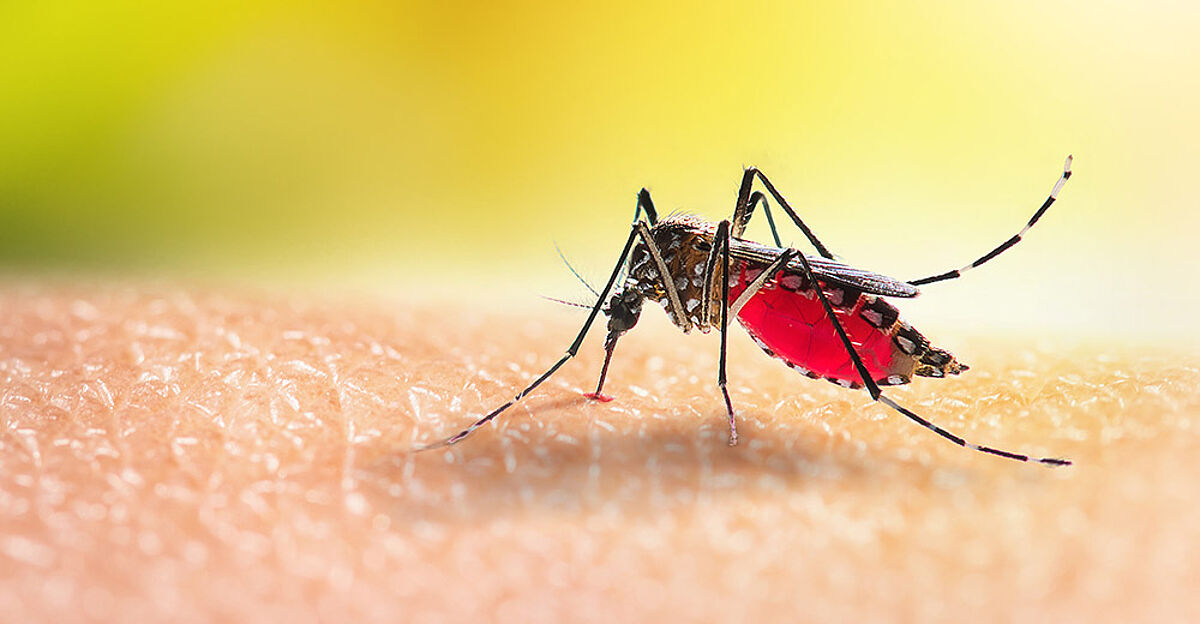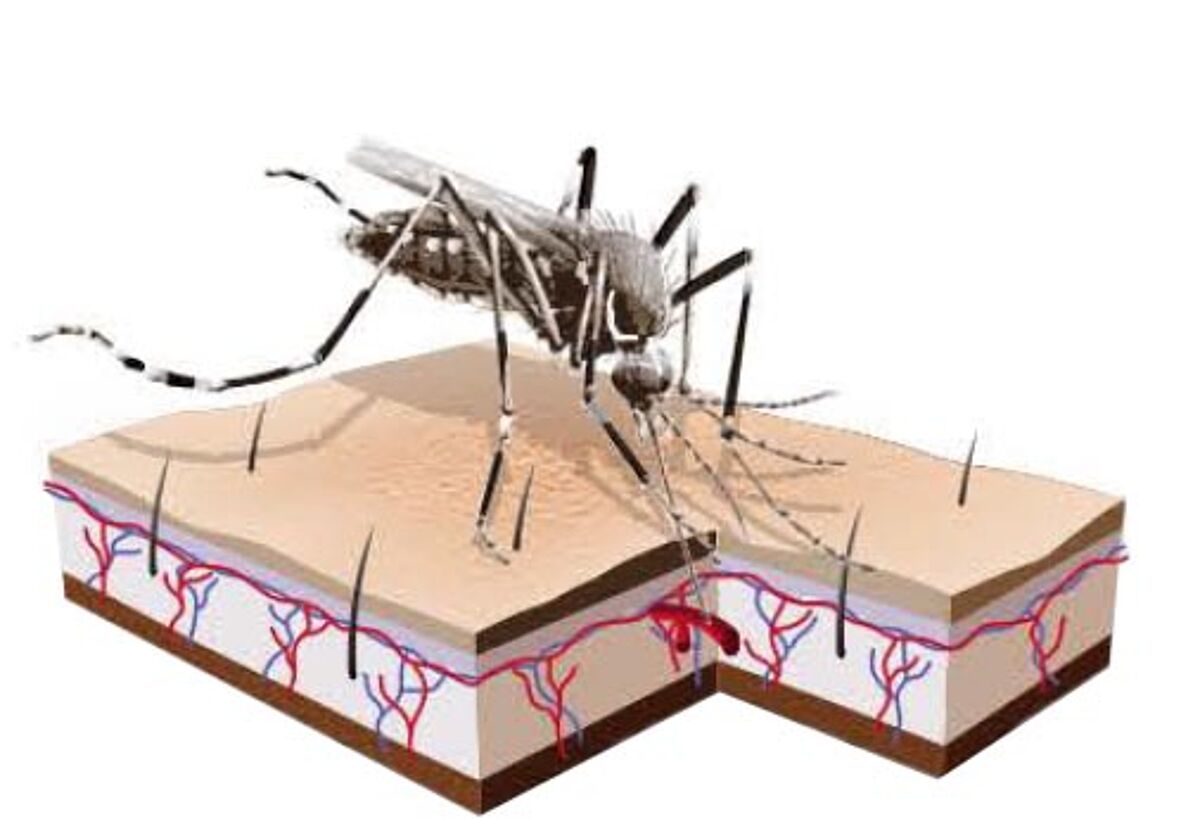Evasion strategies depend on the time of day when mosquitoes are active
They are nature's specialists in evasion: mosquitoes have developed sophisticated strategies to escape approaching dangers such as a fly swatter. Their evasive maneuvers are particularly adapted to light - day-active mosquitoes can see their attackers and fly targeted maneuvers to escape their opponents. Nocturnal mosquitoes, on the other hand, tend to rely on irregular trajectories that their opponents cannot predict.
Blood-sucking insects such as mosquitoes must land on their victims to get to their food. But this is not always easy. This is because their hosts and also we humans try to prevent the mosquitoes from doing so by shaking them off, beating them to death and other defensive measures. The mosquitoes, in turn, have developed various strategies to escape the attacks of their enemies.
Mechanical fly swatter simulates danger
To study mosquitoes' escape strategies in more detail, Antoine Cribellier of Wageningen University in the Netherlands and his colleagues observed the nocturnal malaria mosquito Anopheles coluzzii and the diurnal mosquito Aedes aegypti in an artificial flight arena. They simulated the attack of a human hand with a mechanical fly swatter and recorded the mosquitoes' 3D movements with high-speed cameras.
Whenever a mosquito came within range of the fly swatter, it triggered a "defensive strike." The researchers tested the mosquitoes' response to this under four different lighting conditions, ranging from complete darkness to dim daylight. In this way, they wanted to determine whether and how this environmental factor influenced the mosquitoes' escape strategies.

Mosquitoes escape 92 percent of the time
The tests revealed that a surprising number of mosquitoes escaped the flyswatter's attack: of the more than 10,000 attacks recorded, the mechanical swatter hit mosquitoes only eight percent of the time. However, success depended on light intensity: "The nocturnal Anopheles mosquito demonstrated maximum evasion performance in the dark, while the diurnal Aedes mosquito evaded the fly swatter best during the highest daylight intensity," Cribellier and his team report.
Both mosquito species used a variety of tricks that improved their chance of evasion. "By flying faster or incorporating sharp turns, the mosquitoes lowers the likelihood of being hit," the research team explains. "Because mosquito predators and hosts often wait for optimal conditions to strike, this unpredictable flight behavior could even prevent the initialization of an attack."
Adapting flight strategy to "meal time"

Which evasion strategies a mosquito uses, however, also depends on the time of day and the prevailing light conditions: The diurnal mosquito Aedes aegypti usually flies targeted evasive maneuvers and can thus reduce the risk of being hit by a factor of two, as the flight tests showed. But for this to happen, the mosquitoes must be able to see the coming danger - there must be daylight. Aedes aegypti has thus perfected hunting in daylight through high maneuverability and enhanced maneuverability.
In the dark, however, the nocturnal mosquito Anopheles is superior. In the tests, it flew less determinate evasive maneuvers, but faster and with significantly more turns than the Aedes mosquito. It exhibited this unpredictable flight behavior regardless of the acute threat posed by the swatter. Apparently, this mosquito species uses its erratic flight path as a general precautionary measure because it cannot see coming attacks in time during its nocturnal host search.
A new approach for mosquito traps
"This shows that both diurnal and nocturnal mosquitoes adapt their flight behavior to light intensity," Cribellier and his colleagues say. "Their evasive maneuvers are maximally successful when light conditions prevail under which they normally suck blood, and consequently attacks by their hosts are most likely."
The two mosquito species studied have a strong preference for human hosts and are both vectors of deadly diseases such as malaria, yellow fever, Zika fever and dengue fever. "Therefore, our findings may help develop species-specific mosquito nets or optimize existing systems," the research team explains.
Original article: Current Biology 2022; doi: 10.1016/j.cub.2022.01.036
